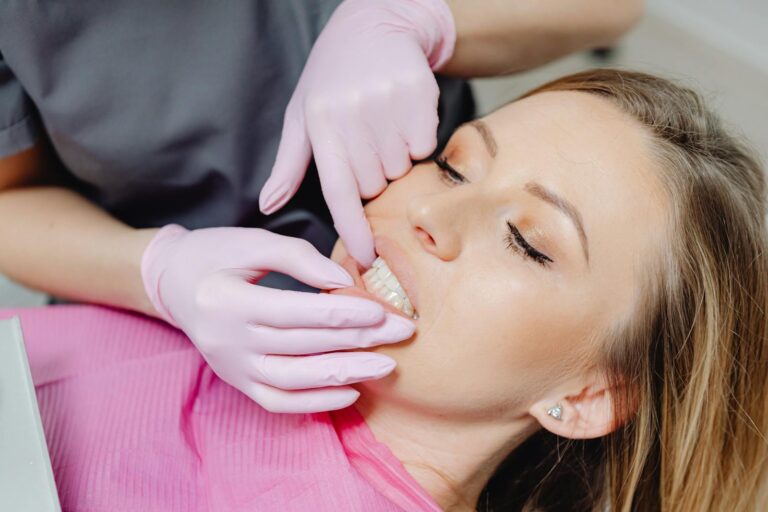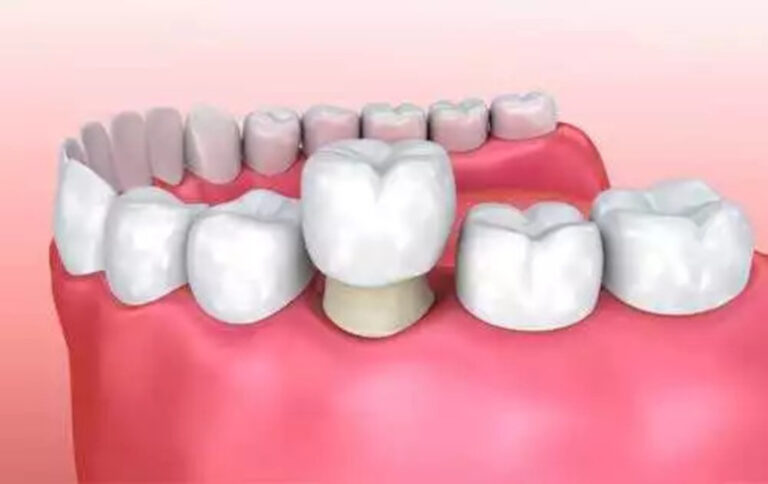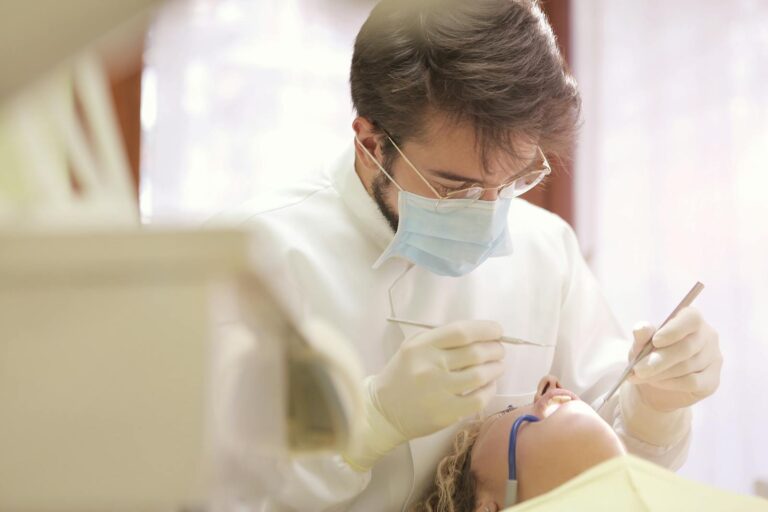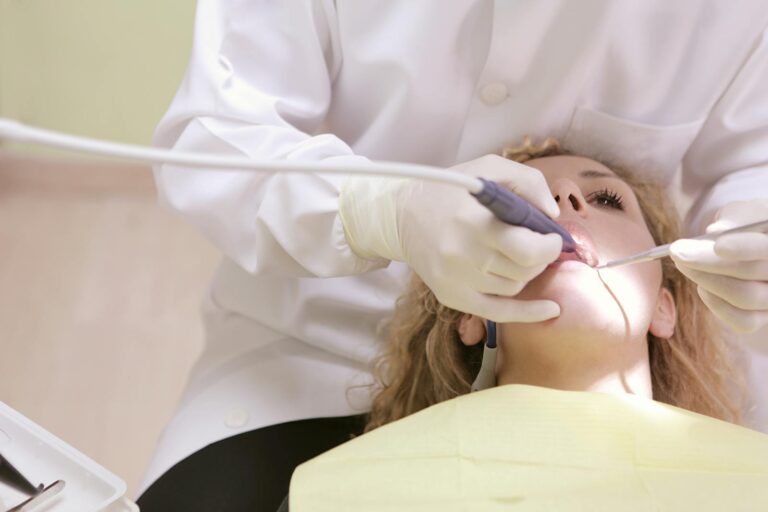How to Prevent Cavities Around Dental Crowns
Getting a dental crown feels like crossing the finish line after dealing with a damaged or decayed tooth. But here’s something most people don’t realize: even with a crown in place, you can still get a cavity. In fact, the area around the edge of a crown—especially where the crown meets your natural tooth—is one of the most common places for new decay to sneak in.
The good news? Cavities around crowns are almost always preventable. Let’s break down how.
Understand the Weak Spot: The Margin Matters
The “margin” is where the edge of your crown meets your natural tooth. This area is a bit like the seam in a raincoat—if it’s not perfectly sealed, bacteria and plaque can seep in. Even if your crown is beautifully done, the margin is still a vulnerable zone.
Once plaque starts building up here, it’s just a matter of time before decay forms under the crown. And because it’s hidden, you may not notice until it’s already done serious damage.
That’s why the first rule of prevention is to treat your crowned tooth like any other—if not better.
Brush With Precision (and the Right Tools)
Twice-a-day brushing is a must, but technique matters more than people think. Angle your toothbrush slightly toward the gumline and crown margin, using gentle, circular strokes. Don’t just scrub the chewing surface—clean around the base of the crown where bacteria like to hide.
Electric toothbrushes can be especially helpful here, offering better plaque removal around tricky spots. If you’re using a manual brush, soft bristles are best to avoid gum recession that could expose the margin further.
Floss Like Your Crown Depends on It (Because It Does)
Flossing isn’t optional—especially if you want your crown to last. Decay often starts between teeth, and crowned teeth are no exception. Be gentle but thorough, sliding the floss beneath the gumline and hugging the sides of your crown.
If traditional floss is tricky, try floss picks, interdental brushes, or a water flosser for better access, especially if you have multiple crowns or tight contacts.
Watch the Sugar and Snacking
Frequent exposure to sugar—whether it’s from soft drinks, candy, pastries, or even hidden sugars in sauces and snacks—creates the perfect environment for cavity-causing bacteria to thrive. These bacteria metabolize sugar and release acids that wear down your tooth enamel and target the vulnerable margins of your dental crown. Even though the crown itself is made of strong materials like porcelain or zirconia, the natural tooth structure underneath is still highly susceptible to decay.
To reduce the risk, limit sugary foods and beverages as much as possible—especially between meals when your mouth produces less saliva. Try to avoid sipping sweetened drinks slowly over long periods, as this prolongs the acid attack on your teeth. When you do indulge, rinse your mouth with water or brush soon afterward to help remove residue. Staying hydrated throughout the day also supports saliva production, which acts as a natural defense system by washing away food particles and neutralizing harmful acids.
Small dietary changes and a bit more awareness can go a long way in protecting the investment you’ve made in your dental crown—and your overall oral health.
Schedule Regular Dental Checkups
It’s a common misconception that once a tooth is crowned, it’s completely protected and no longer needs much attention. In reality, regular dental checkups are just as important for crowned teeth as for natural ones—if not more so. Dentists pay close attention to the margin, where the crown meets the natural tooth, because this is a prime spot for plaque accumulation and hidden decay.
During routine exams, your dentist will check for signs of decay forming under the crown, assess for any looseness that could compromise its fit, and evaluate the health of the surrounding gum tissue. These visits are crucial for catching small issues before they evolve into major problems.
Professional cleanings also play a vital role. While daily brushing and flossing are essential, even the best oral hygiene routine can miss the plaque and tartar that collect just under the gumline or between tight spaces around crowns. Your dental hygienist uses special tools to remove this buildup, helping you maintain a healthy mouth and extend the life of your crown.
Use Fluoride Toothpaste and Rinses
Fluoride is one of the most powerful allies we have in the fight against cavities. It helps to remineralize and harden tooth enamel, making it more resistant to the acid attacks from bacteria that lead to decay. This is especially important around the margins of dental crowns, where the underlying natural tooth is still susceptible to damage.
To keep your crown-protected tooth strong, brush with a fluoride toothpaste at least twice a day, making sure to focus on the area where the crown meets the gumline. If you’re someone with a history of cavities, gum recession, or multiple restorations, consider incorporating a fluoride mouth rinse into your nightly routine. These rinses provide an extra layer of protection, especially in the harder-to-reach areas between crowns and neighboring teeth.
For patients at higher risk, dentists may also recommend professional fluoride applications during routine cleanings, which can deliver a more concentrated dose of protection. Whether at home or in the dental chair, regular fluoride exposure plays a critical role in keeping both your natural teeth and crowned teeth cavity-free.
Final Thoughts: Your Crown Deserves Long-Term Protection
A crown is an investment in your dental health, but like any investment, it needs maintenance. Preventing cavities around crowns isn’t complicated—but it does require consistency and attention to detail.
With proper care, your crown can last for many years—and the tooth beneath it can stay strong and decay-free. So treat your crowned tooth like royalty, and it will serve you well for years to come.





